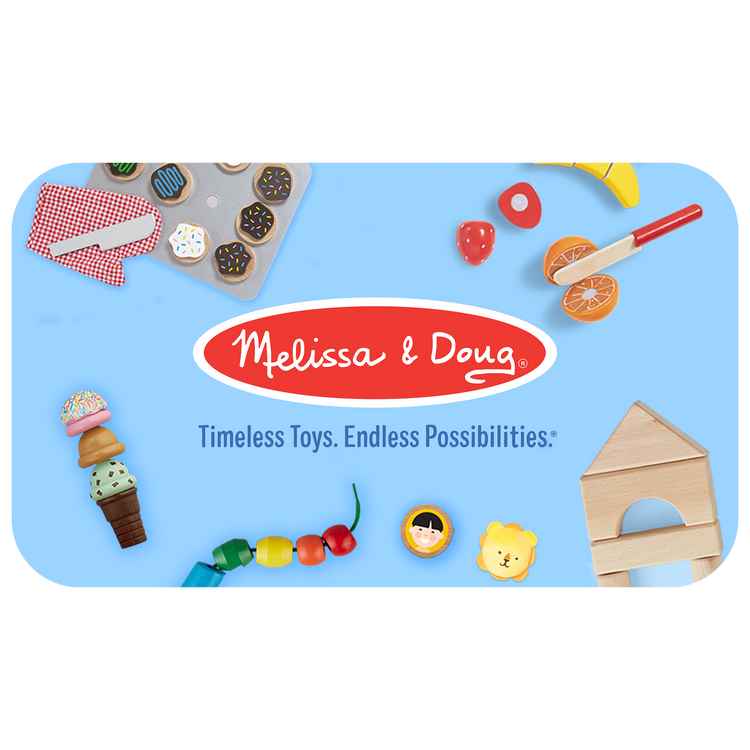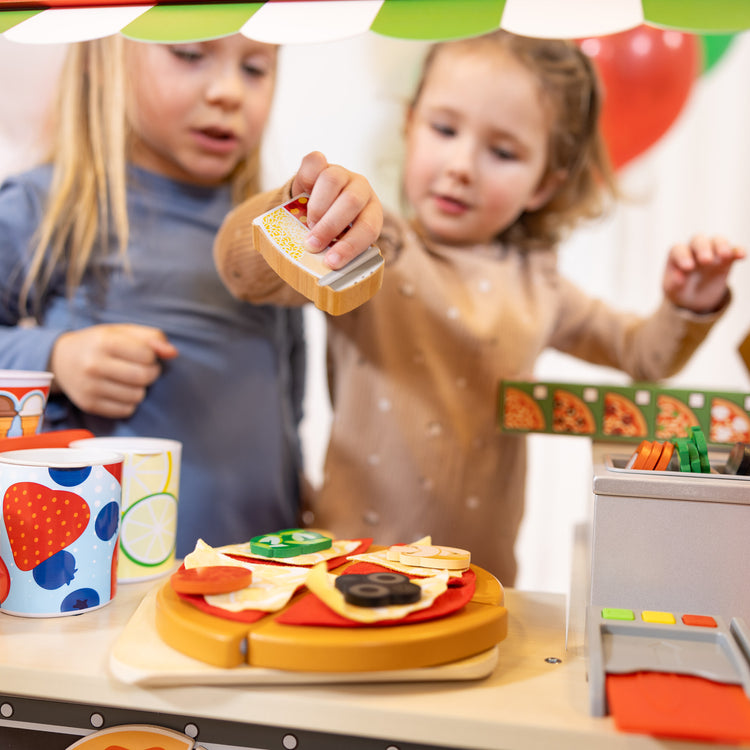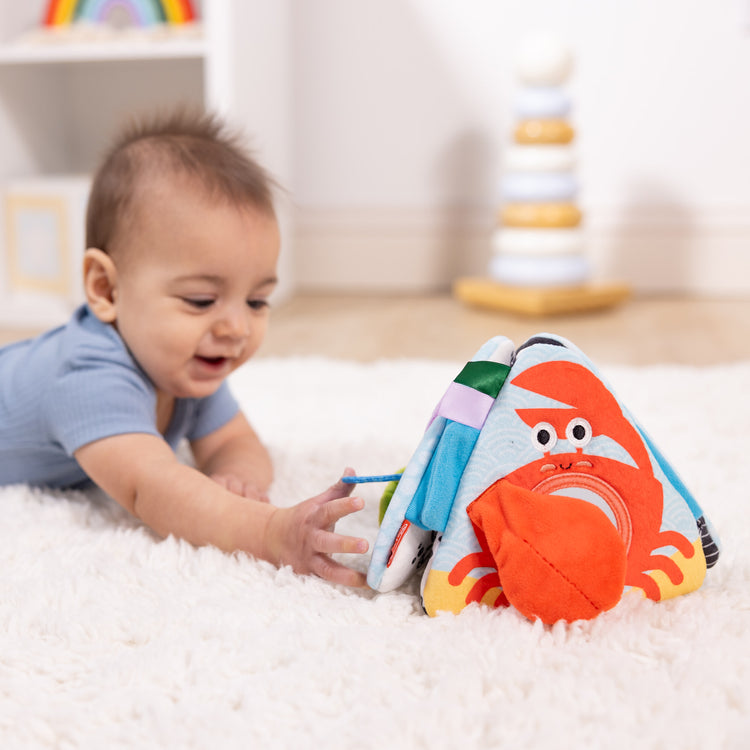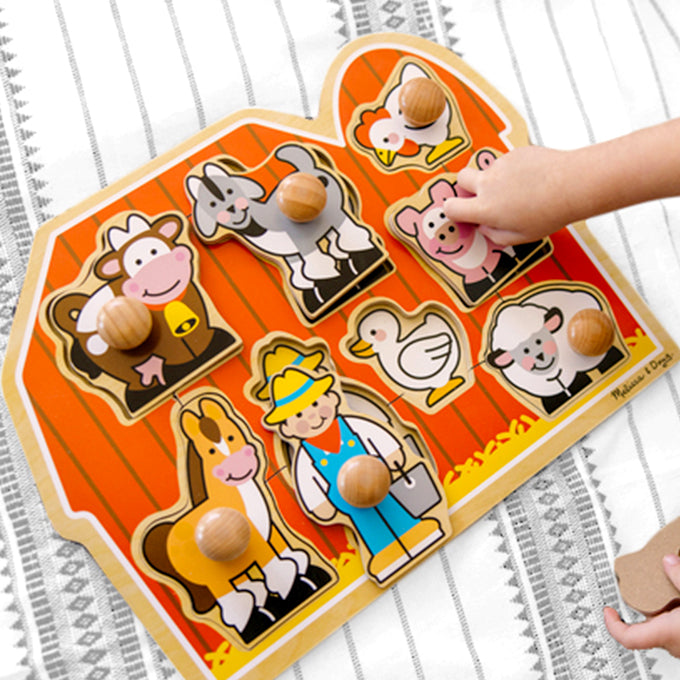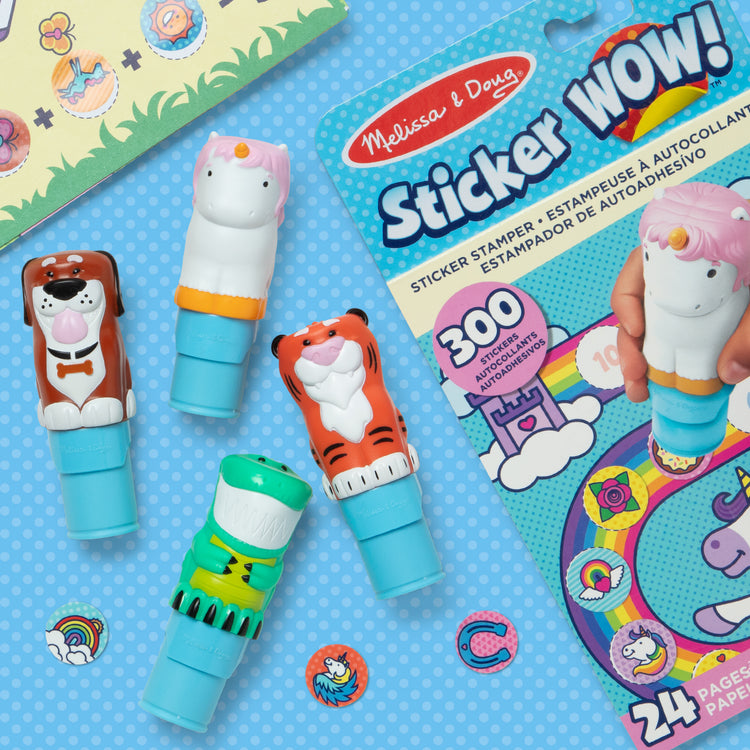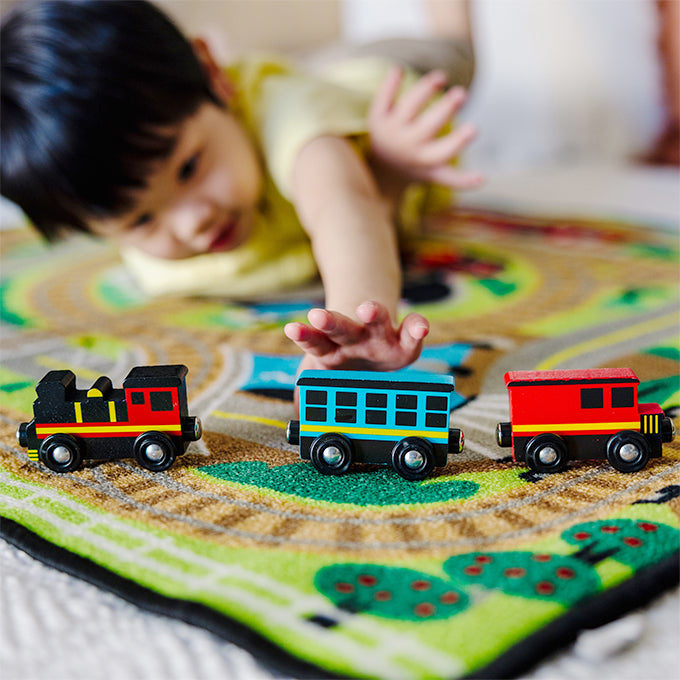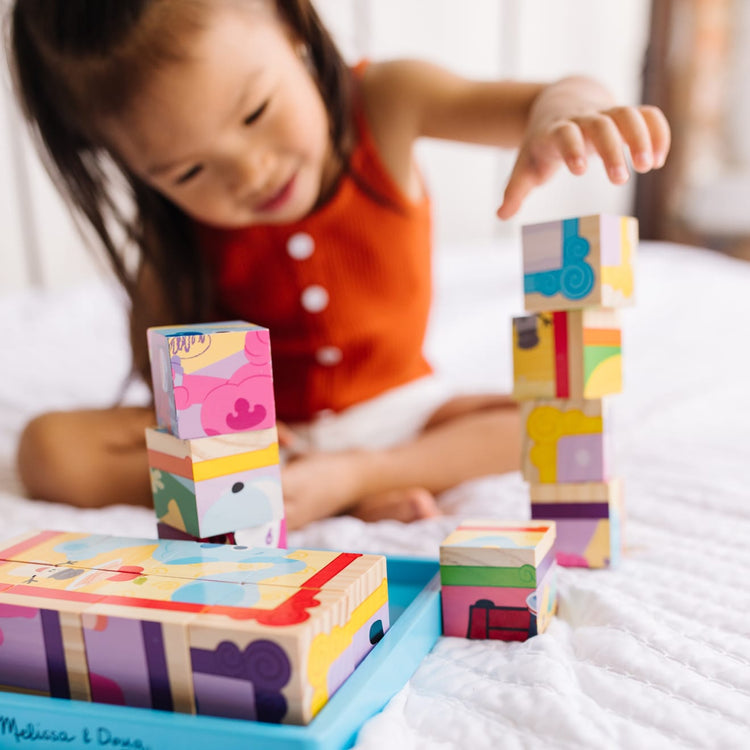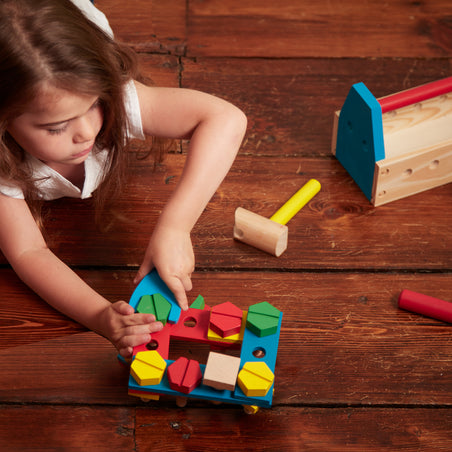In my practice as a developmental behavioral pediatrician, I’ve seen again and again how our day-to-day interactions with our kids — what we say, how much we try to control versus let go, how distracted we are — really shape kids’ well being. These daily interactions don’t have to be part of scheduled activities, they can actually be in the boring, in-between bits of our days. I want to break down the reasons why different types of play help build different developmental skills that lays groundwork for resilient little humans (and parents).
3 Ways Play Benefits Kids at Different Ages
1. Flexible, Creative Thinking
Pretend play is where this begins. When kids put themselves into fantasy situations, create their own stories, and see things from multiple perspectives, they are less likely to get “stuck” in one way of seeing the world.
- Infants: Infants can’t pretend yet, but they can copy you in a range of dance moves, new ways of stacking blocks, making cars vroom across the room, or exploring new places. Routines are good, but don’t get stuck in a repetitive rut. Change things up a bit so that your infant learns to adapt to new sights, sounds, smells, and people.
- Toddlers: Toddlers can start to think in symbols (“This drawing of a dog in a book stands for a dog in real life!”) — so play up your pretending at this age. This banana is a phone! This block is a blueberry that your stuffed animal really wants to snack on! Kids who think rigidly may resist this type of play, so try to make it fun or silly.
- Preschoolers/Little Kids: At this age, kids can start to pretend to be a doctor, firefighter, princess – you name it. They can make toys walk around and have experiences they might be afraid of (going to the dentist, first day of school). When they put their mind into a toy or shift into another person’s perspective, it builds flexibility. Pretending to be a character in a video game doesn’t carry the same experience, because kids don’t get the same sensory and social experience. Try letting your child be your teacher, save you from a fire, or give you a check-up - you might get some insight into their thoughts and feelings through pretend play!
2. Longer Attention Spans
-
Think table-top activities (building, puzzles, problem solving).
- Infants: You might wonder, what kind of an attention span does an infant have? Infants naturally look at what their caregivers look at — something called “joint attention.” By putting a toy (blocks, stacking cups, puppet) in both of your lines of vision, and then talking about it (name it, talk about colors, what it’s used for), infants can start learning both language and concepts. If you have an infant who buzzes around the room and only seems to focus on TV or a phone, try to resist the temptation of making that the only way they slow down and pay attention. Start with short bits of shared play with a book or toy every day, and you’ll be able to slowly stretch their attention span over time.
- Toddlers: By age 1-2 years, toddlers are proud to DO STUFF with their improved fine motor skills. Simple puzzles, latch boards, or simple pretend routines (like making a pretend meal out of clay and “feeding it” to favorite stuffed animals) can keep a child focused on an activity for 15 or more minutes. You will probably need to help “scaffold” your kiddo by giving them hints of what they could make or do next, or motivate them to try something new that they may shy away from. If your toddler is a sensory-seeker, you’ll have better success in table-stop activities if you give them some movement (like a trampoline, chasing game, tickle fight) before sitting down to focus.
- Preschoolers: Attention spans start to stretch longer at 3-4 years, but they will still need some parent “scaffolding” to try new things or stay on task longer. At this age, you can try more multi-step projects (like making dinner and dessert out of clay!), longer stretches of pretend play (like designing and playing in a pretend doctor’s office), or more complicated puzzles and simple turn-taking board games. Just like toddlers, sensory-seekers will probably need some motor movement before sitting down to play in the preschool years.
- Little Kids: OK, 5-7 years old is when the frontal lobe and all of its attentional control and planning really start to come on line for most kids. This is a perfect time for letting your child plan out what they want to do, maybe even with a visual checklist of the steps, and carry it out themselves. Board games are great for this age, when kids are more rule-based thinkers, and also need help learning how to be a good winner and loser. Arts and crafts with multiple steps or that require patience and focus on detail are also a satisfying way to see an end product for all that mental work your child put in!
3. Building a Big Heart
Oh my gosh, more than ever we need to raise little humans who are empathic and caring. The world has a lot of complex issues going on, and will need problem-solvers who can hear each other out and collaborate. During the pandemic, it has been hard to find chances to socialize with other kids - but there are other things parents can do to support emotional and social development.
- Infants/Toddlers: What do different emotions even feel like to babies and toddlers? Like us, they probably feel their body change — heart rate picks up, muscles get tense, stomach feels weird — but unlike us, they don’t have complex language to think through their emotions. However, infants and toddlers are always absorbing what we caregivers say, so it’s worth it to talk out loud about emotions in a problem-solving way. You can give your little one an emotional vocabulary by labeling what you think they are feeling when they get upset; talk about how you are going to manage it when something frustrates you; and wonder out loud about how other people are feeling. The more young children feel understood by their grown-ups, the more they will be able to understand other people - and that’s empathy!
- Preschoolers: I love young children’s relationships with stuffed animals. Young children imbue them with magical thoughts, feelings, and personalities — so ask your child about their favorite stuffies sometimes. Wonder what the animals are thinking during a pretend dentist visit or meeting new people (for example, when a new toy comes into the house!). You can do the same kind of wondering about others’ perspectives when your preschoolers start to tell you about friends they are making at school: what is their favorite food or toy or TV show? What is their favorite place to travel? What does it feel like to have different types of hair or skin tones? Some children may not naturally do this type of wondering (kids can be very ego-centric, and that’s normal), so it helps for you to try to inspire these empathic thoughts.
- Little Kids: In kindergarten and beyond, children can start to think more about concepts like kindness, rules, and manners, as well as differences such as gender, race, culture, and abilities. Reading books or watching movies about different experiences is one great way to wonder about how life feels for other people. One activity I try with patients is to draw out all the things that they are good at, and the things that are hard for them — and do this for everyone in the family — to build insight into the fact that we all have different kinds of minds, and that’s OK.
This web site is not an attempt to practice medicine or provide specific medical advice, nor does use of the site establish a physician-patient relationship. The use of this web site does not replace medical consultation with a qualified health or medical professional to meet the health and medical needs of you or others.

